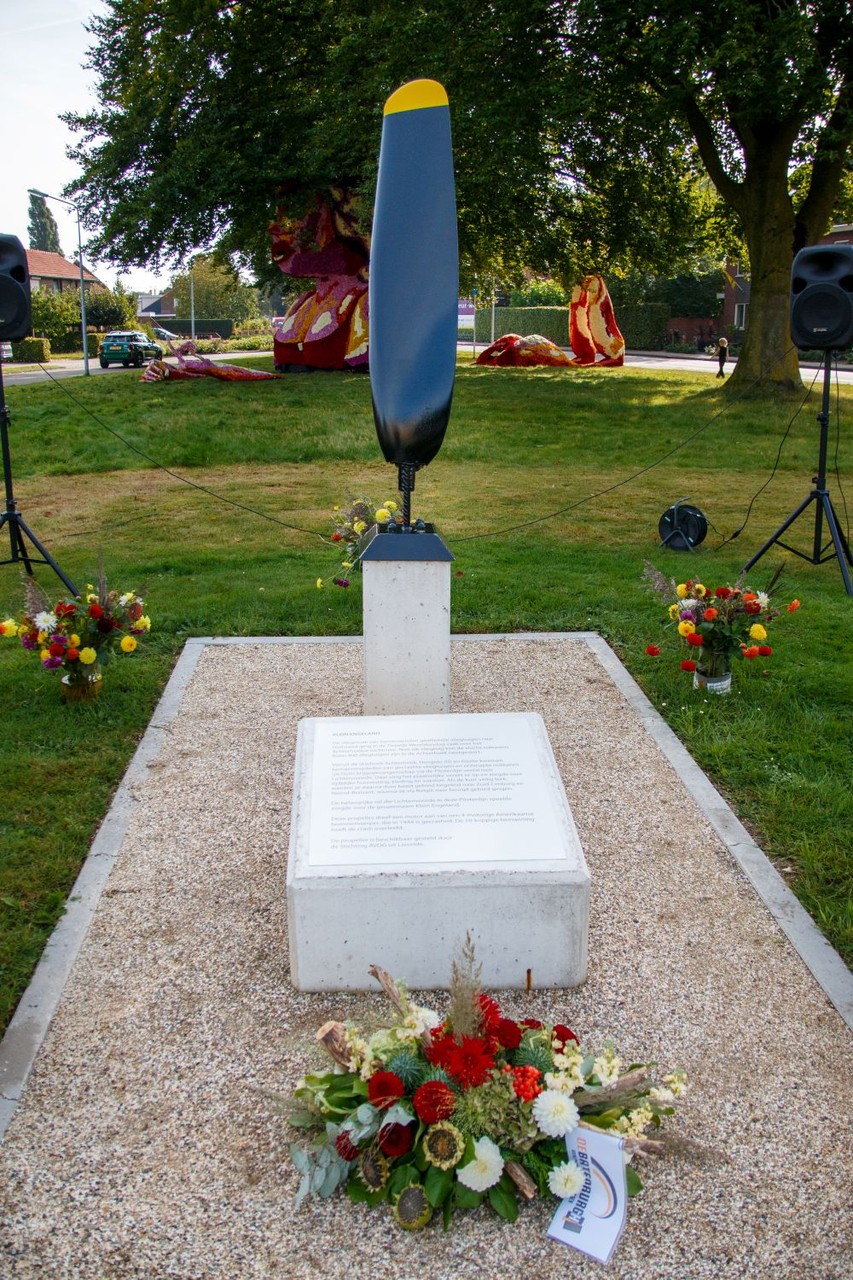The nickname Klein Engeland ("Little England") originated in London. It was discovered there that hundreds of prisoners of war who had escaped from German camps, and later, many crew members of downed aircraft in the eastern Netherlands, were first offered shelter, food, and clothing in Lichtenvoorde. From October 1941 onwards, a connection line known as the Pilotenlijn ("Pilot Line") was established to transport them to Belgium.
Street names of resistance heroes
Several streets around the park are named after resistance heroes or people who died during the Second World War. For instance, this park is named after Joep ter Haar, who was known as Piloten Joep. When Joep joined the resistance, he became involved in the Pilots’ Line. Unfortunately, the network was betrayed, and most of the resistance fighters were executed. Piloten Joep, however, managed to escape. After the war, he received several foreign awards.
Bernard ter Haarstraat
Bernard ter Haar had served as a municipal police officer in Lichtenvoorde since 1917 and was the main opponent of NSB mayor Theo Lamers. Ter Haar despised National Socialism, and Lamers knew it. However, Lamers had no control over him, as Ter Haar enjoyed broad support from the people of Lichtenvoorde. Taking action against him would only have fuelled resistance. Thanks to his position close to the mayor, Bernard was able to protect many people and pass on arrest warrants in time, allowing those involved to go into hiding.
